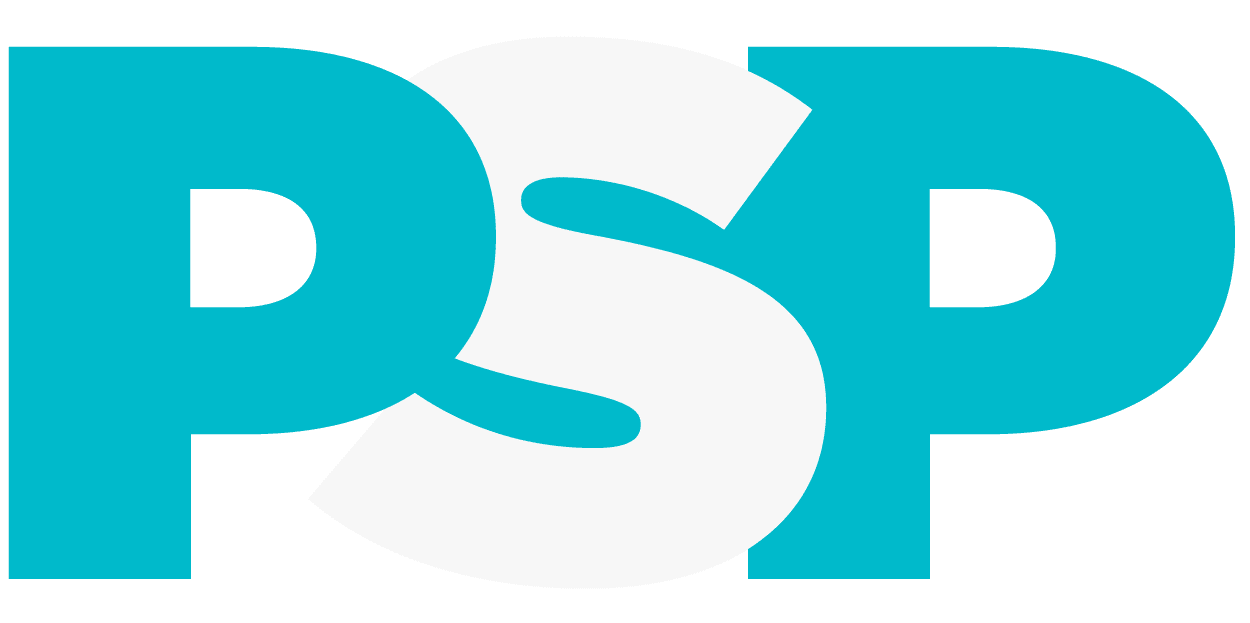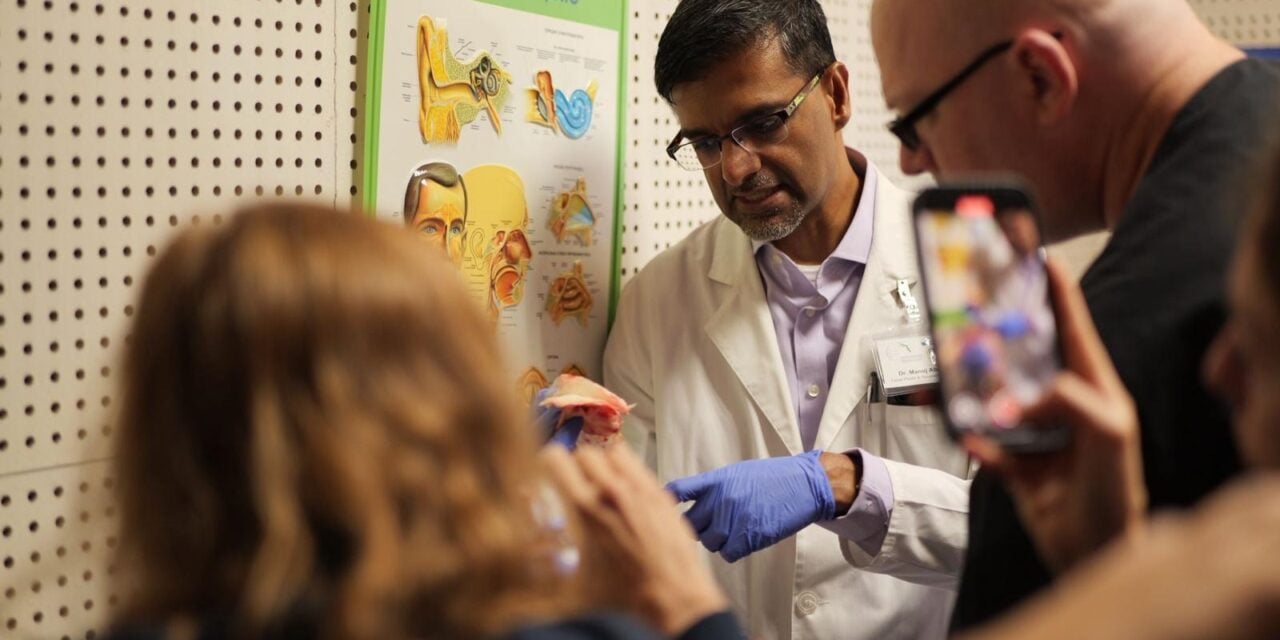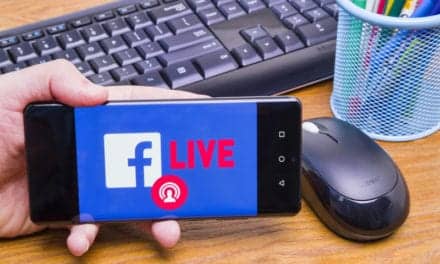Dr Manoj Abraham discusses the challenges, cases, and collaborative progress behind the AAFPRS Foundation’s latest humanitarian surgical mission to treat war-related facial injuries in Ukraine.
For facial plastic and reconstructive surgeon Manoj Abraham, MD, FACS, leading a medical mission into an active war zone is not a new experience—but it’s one that remains deeply personal and professionally demanding. This May, Abraham and a team of American Academy of Facial Plastic and Reconstructive Surgery (AAFPRS) FACE TO FACE surgeons and support staff completed their fourth humanitarian mission to Ukraine, working alongside local doctors in Lviv to perform advanced facial reconstruction on civilians injured in the ongoing conflict. Beyond the immediate surgeries, the team’s goal was long-term impact: training Ukrainian surgeons in complex techniques like microvascular free flaps and 3D-customized implants. In this interview with Plastic Surgery Practice, Abraham, mission trip leader and FACE TO FACE committee senior adviser, reflects on the mission’s logistical hurdles, the growing capabilities of local surgeons, and how experiences on the front lines of humanitarian care are reshaping his work in private practice.
Plastic Surgery Practice: Dr Abraham, this was your fourth humanitarian mission to Ukraine with the AAFPRS Foundation. What were the most significant medical or logistical challenges your team faced this time around?
Manoj Abraham, MD, FACS: We had a large team, 23 on our AAFPRS FACE TO FACE team, but double that number on site including partners at Razom (the Ukrainian aid organization that coordinates our team safety, travel, and lodging), InGenius (the Ukrainian organization that coordinates care for our patients), Materialise (the team that provides the 3D patient specific implants for complex facial reconstruction), and the doctors and staff at the hospital in Lviv. It’s a challenge coordinating all of these moving parts to provide highly sophisticated medical care, especially in the middle of a war zone.
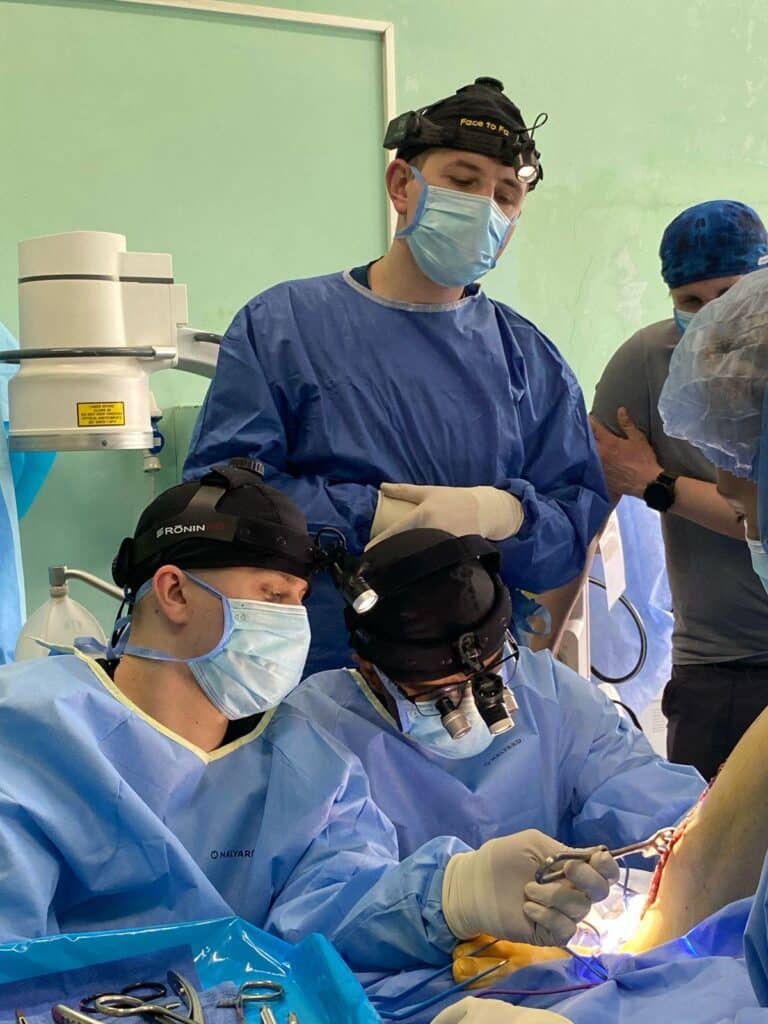
PSP: Many of the procedures your team performed involved complex facial trauma and microvascular reconstruction. Can you walk us through one particularly memorable case that exemplifies the type of injuries you’re seeing on the ground?
Abraham: All of the stories are heartbreaking, but the woman with the injury to the top of her head (large skull defect exposing her brain) is particularly moving because it validates our efforts to work with and train the surgeons in Ukraine.
Valentyna Vasylivna Chekhachova, 72, was injured on January 1, 2023, during active hostilities in the city of Bakhmut, Donetsk region, Ukraine. While at her home, Russian armed forces and affiliated military formations launched an artillery attack on the city. As a result of the shelling, she sustained a traumatic head injury. The case is under pre-trial investigation, and a forensic medical examination was appointed to assess the extent and nature of her injuries, as well as their impact on her health and quality of life. Her injury is part of the broader pattern of harm inflicted on civilians during the ongoing war in Ukraine, especially in frontline cities like Bakhmut.
She had an open head wound with an exposed plate and a severe infection; we were able to have the plate removed but could not operate on her immediately because of the ongoing infection. We initiated treatment of the infection and Dr Hnat Herych, the lead Ukrainian surgeon we worked with during our last trip, was then able to perform the complex reconstruction with our guidance. This reflects the truly collaborative nature of our efforts on behalf of the Facial Plastic Surgery Academy to provide care for these devastating injuries from the war.
PSP: Your team also focused heavily on training local Ukrainian surgeons. How do you approach surgical education in a conflict zone, and what progress have you seen over the course of these missions?
Abraham: Our Ukrainian colleagues are very talented and experienced surgeons. However, they do not have experience with complex procedures needed for reconstruction of significant facial defects including microvascular surgery (where different parts of the body can be transplanted to allow for reconstruction, for instance using the fibula bone from the leg to reconstruct a missing jaw by re-connecting the tiny blood vessels that feed the bone to blood vessels in the neck) and 3D patient specific implants (implants that are 3D printed to match the missing parts of the face by creating a mirror image of the opposite side). We have made significant progress. On our first trip, we did two microvascular flaps; on our second trip, we did four microvascular flaps; and on our third trip, we did eight. After we left, our Ukrainian colleagues did over 30 flaps by themselves—truly exponential growth in their expertise.
PSP: With surgeries lasting up to 12 hours and involving advanced techniques like 3D custom implants, how do you manage patient selection, prioritization, and post-operative care in a resource-limited setting like Lviv?
Abraham: We operated on 25 patients, but since there are so many patients injured from the war, this is only a drop in the bucket. That is why our educational efforts to train our Ukrainian colleagues are so critical—it’s the difference between giving someone a fish versus teaching them how to fish.
PSP: From a technical standpoint, what innovations or tools were essential to the success of this mission—and how do they compare to what’s commonly used in U.S.-based private practices?
Abraham: The most sophisticated level of reconstruction we do are microvascular free flaps and the application of 3D technology to create patient specific customized implants. We strive to provide the same level of care in Ukraine as we would here at home in the United States.
PSP: How has your experience in Ukraine influenced your own perspective as a facial plastic surgeon in private practice? Has it changed how you view your role or the impact of your work?
Abraham: I feel incredibly blessed to be where I am today and to have built the practice I have at home in New York. Since I have the expertise to help take care of these patients with devastating injuries from the war, I feel it is my duty to help. My colleagues who joined me feel the same way. It is a profound, bonding experience.
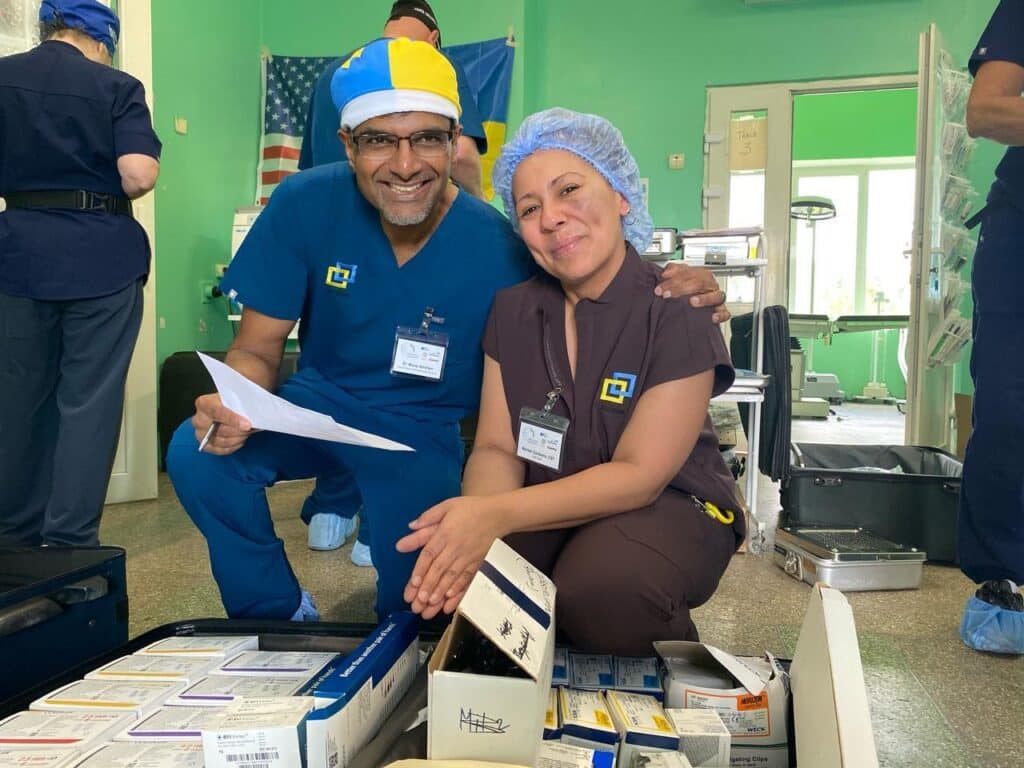
PSP: Looking ahead, what are the goals for future FACE TO FACE missions in Ukraine, and how can other facial plastic surgeons—especially those in private practice—get involved or contribute?
Abraham: We would like to continue to collaborate and provide education in Ukraine. Depending on security considerations, we are looking to organize an educational conference in Ukraine. There are multiple ways to get involved: Join our AAFPRS FACE TO FACE team, participate in educational conferences with our Ukrainian colleagues (this can be done remotely via Zoom), host Ukrainian surgeons in the United States to provide training (Dr Mark Mims has set up a great program in Oklahoma), or simply donate to AAFPRS FACE TO FACE for Ukraine. PSP
To donate to AAFPRS FACE TO FACE for Ukraine, visit aafprs.org/donate. For more information about AAFPRS FACE TO FACE, visit aafprs.org/ftf or reach out to Karen Sloat at [email protected].
